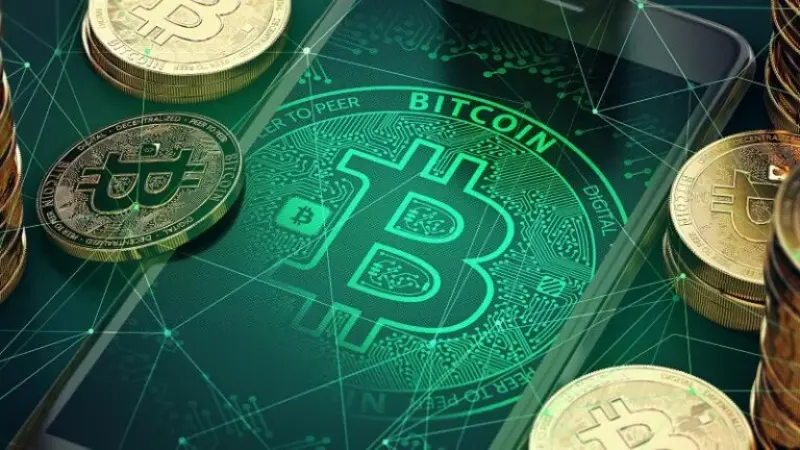The guest of the auctions this time was Bitcoin, one of the crypto coins In today’s world, many artists sell their unique works through auction. Such auctions are held in the British way. Those who want to buy the work direct the price from the lowest to the highest. Then the person who reaches the highest price buys the work.
Non-Fungible Token (NFT) stands for unique unique token and is also defined as collectible digital assets. Recently, these NFTs have begun to emerge as works of art. Non-fungible tokens have also made it possible for
blockchain-based gaming around the world. Recently, a piece of art called “Block 21” depicting Satoshi Nakomoto’s original code, which also deals with Bitcoin, was purchased by an anonymous seller at Christie’s auction house in New York City, USA. This artwork, which engraved the original Bitcoin code, started auctioning with 22,000 USD. This work, which ended up and sold for about 131,250 USD, is considered by many to be the first true NFT (unique token) to be sold. The work far exceeded expectations with this sales price. This artwork, created by Ben Gentili, forms one of forty pieces where the Bitcoin code is processed and depicted. And this piece contains 322,048 digits of Satoshi Nakamoto’s original code. With the name given to Block 21, which is only a part of the works in this series and has been sold, it is thought that he tried to draw attention to the fact that the supply of Bitcoin, which was created by Satoshi Nakamoto about 11 years ago in order to create a decentralized financial system different from the traditional financial system, was limited to 21 million. The sale made with this auction shows the effects of Bitcoin on a global scale, but also shows that it is taking firm steps forward in terms of integration into the financial market in the future.

Digital Portrait of Bitcoin Code
- March 29, 2023
Swipe Token (SXP) is the native utility token that powers the Swipe ecosystem, a platform built to bridge the gap between cryptocurrencies and traditional finance. With Swipe, users can spend crypto as easily as fiat through crypto debit cards, digital wallets, and payment APIs. At the core of this system is the SXP token, which fuels transactions, offers staking rewards, and enables decentralized...
TRON (TRX) is a blockchain-based decentralized platform that aims to revolutionize content sharing, data ownership, and the digital entertainment industry. Initially founded by Justin Sun in 2017, TRON set out to eliminate intermediaries by allowing creators to distribute content directly to consumers via the blockchain. Over the years, it has grown into one of the leading blockchain ecosystems, boasting...
House of Representatives to Launch “Crypto Week” The US House of Representatives has declared the week of July 14 as “Crypto Week.” This week, the stablecoin bill GENIUS, the market structuring act for digital assets, and bills on central bank digital currencies (CBDC) will be discussed. The goal is to pass the House of Representatives and approve the stablecoin regulations, which are expected to reach...
RWA means Real World Asset in crypto. It refers to physical or traditional financial assets made digital and available on blockchains. Imagine owning part of a building, a bond or a piece of artwork through crypto tokens. That simple step merges real-world value with DeFi innovation. These assets have become a hot topic in DeFi because they bring fresh use cases to the space. They let you access things...
Solana Staking ETF, First in the US, Opens for Trading The REX-Osprey Solana + Staking ETF (SSK), developed in collaboration with REX Shares and Osprey Funds, has become the first crypto staking ETF to start trading in the US. The fund, which started trading at $ 25.47 on the Cboe exchange, offers investors both exposure to the Solana (SOL) price and the opportunity to earn staking returns on the Solana...
No posts found